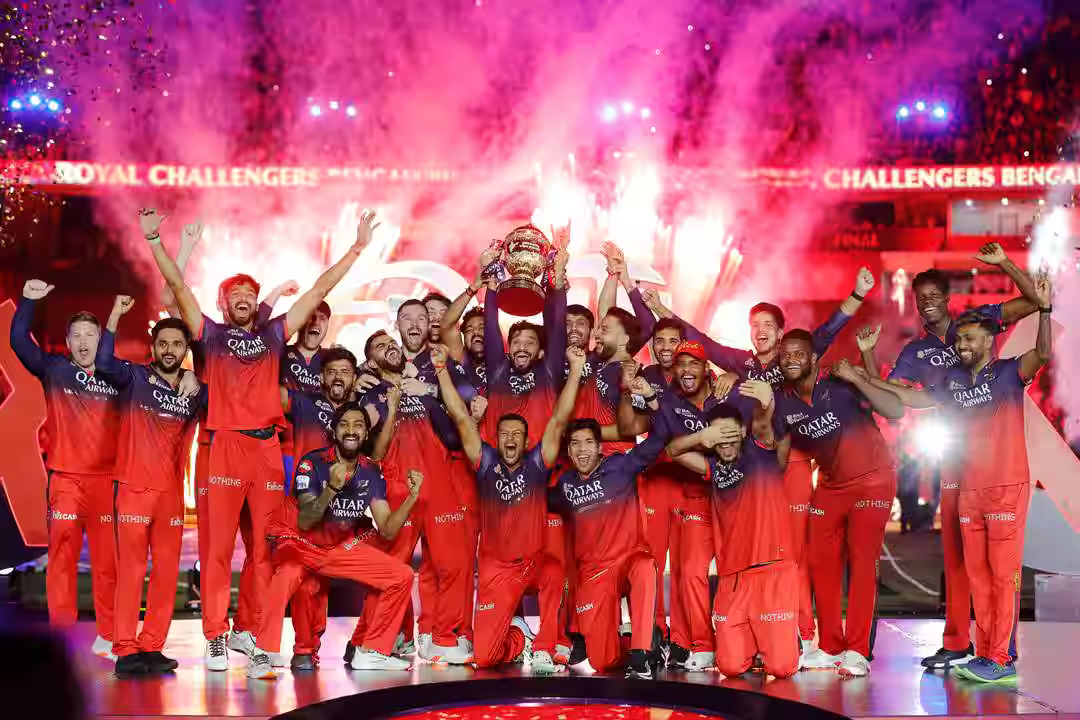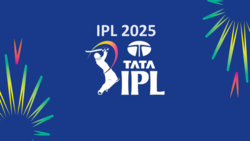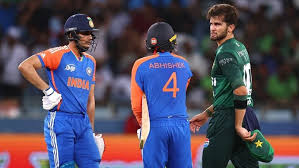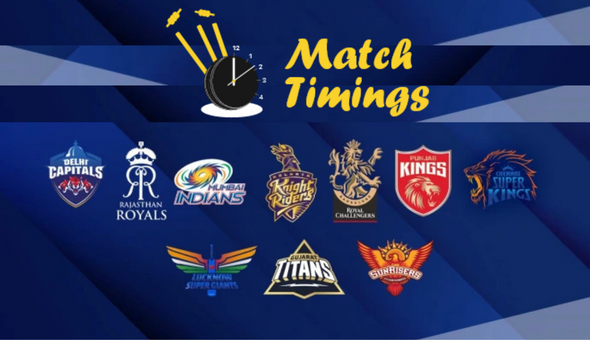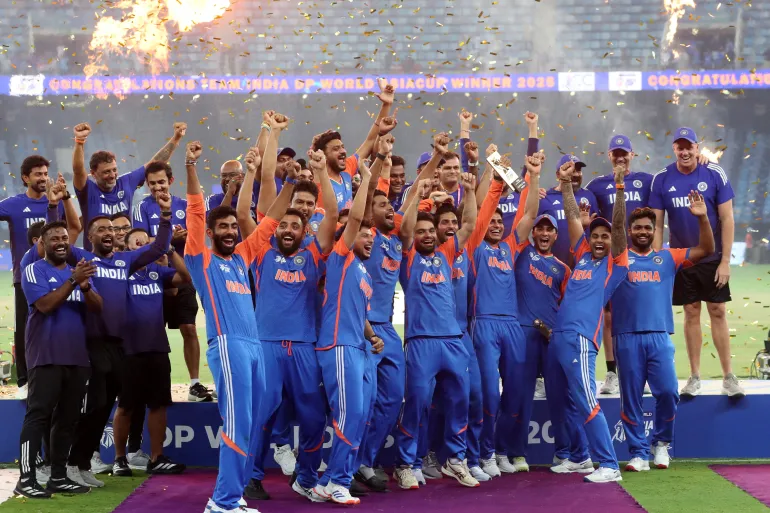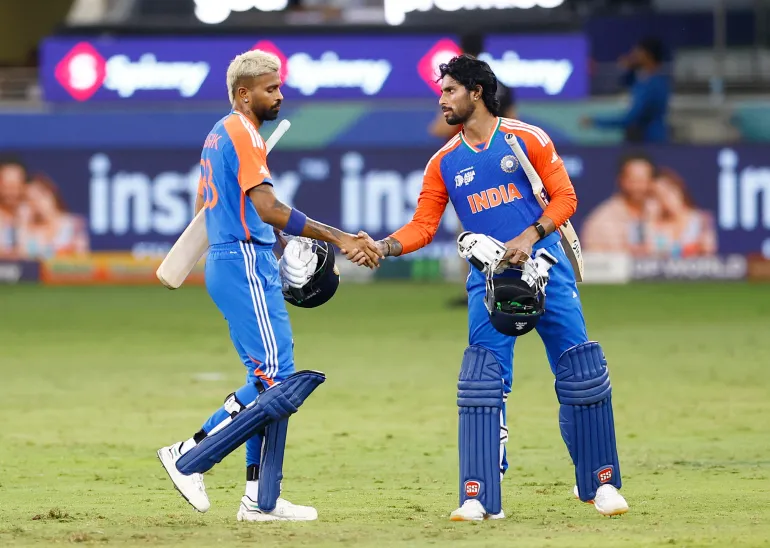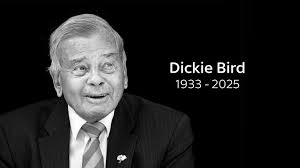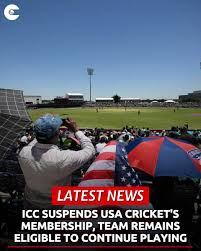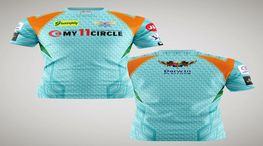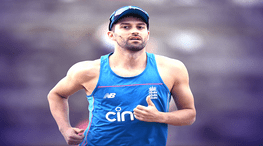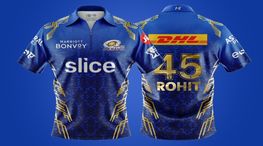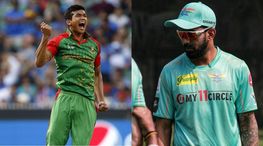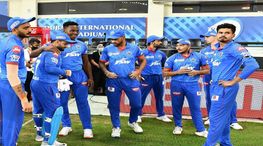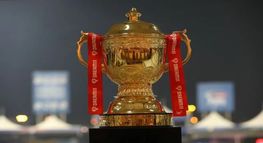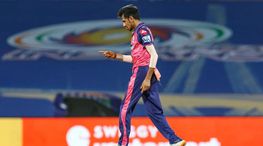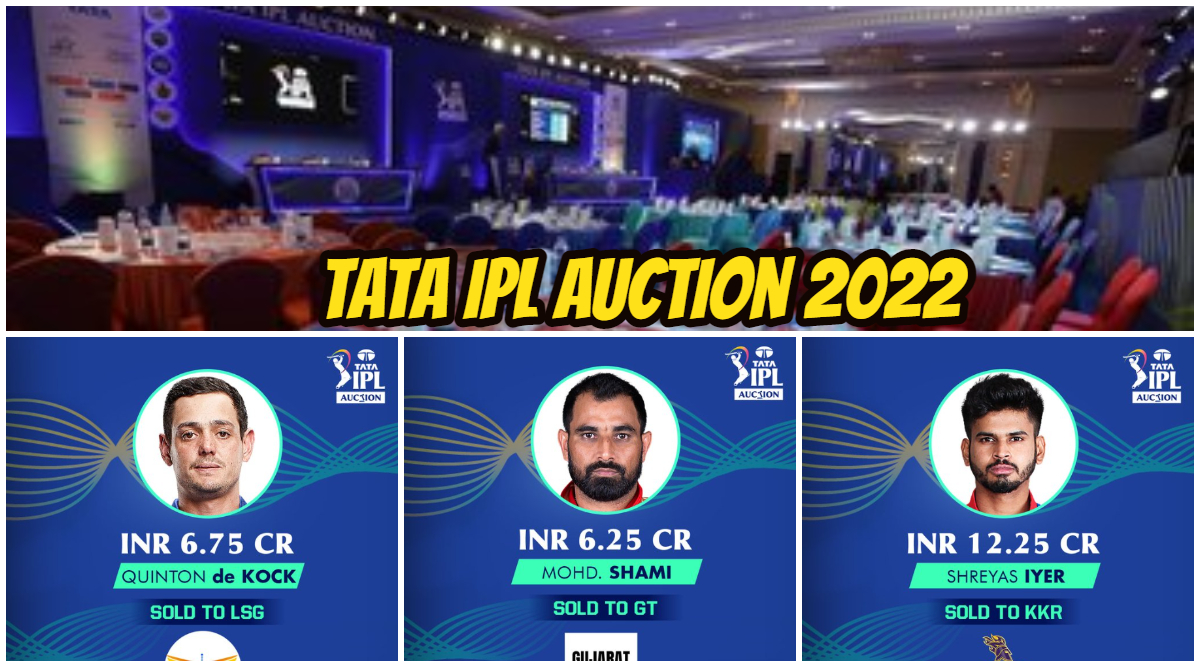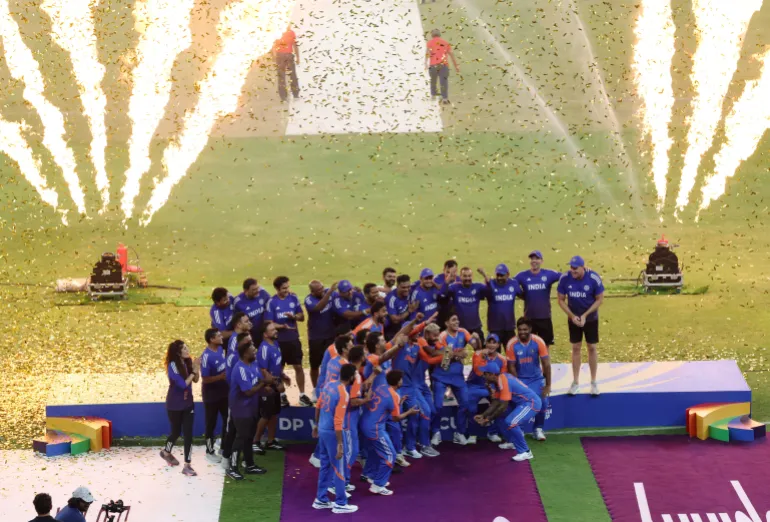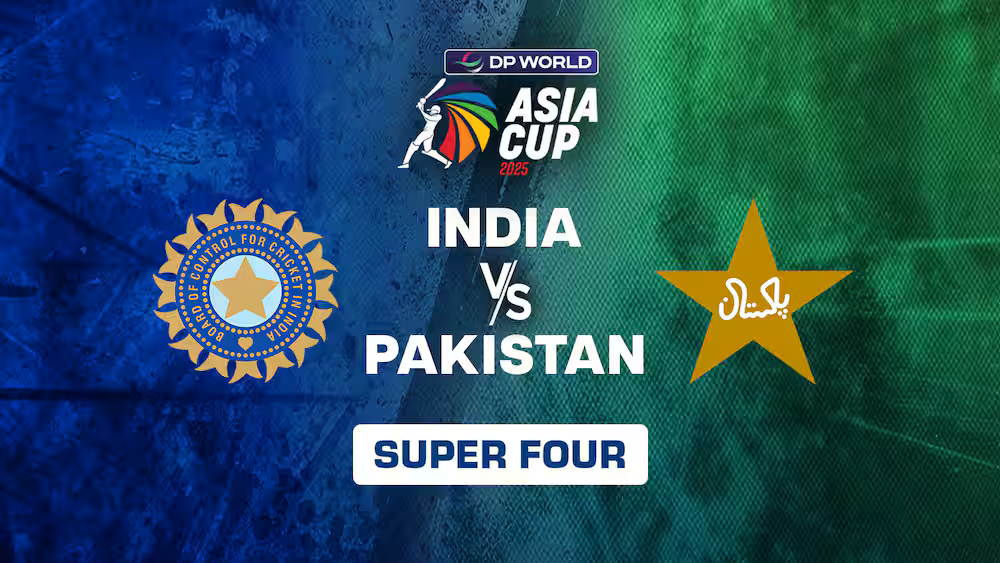List of Leagues
Diving
Diving is a sport in which athletes leap or fall into water from a platform or springboard, generally while executing acrobatics. Diving is an Olympic sport that is widely known across the world. Furthermore, unstructured and non-competitive diving is a leisure activity.
Competitors have many traits with gymnasts and dancers, including strength, flexibility, kinaesthetic judgment, and air awareness. Some professional divers were once gymnasts or dancers as both activities have comparable features to diving. Dmitri Sautin holds the record for the most Olympic diving medals earned, with eight between 1992 and 2008.
Fancy diving:
The term "responsibility" refers to the act of determining whether or not a person is responsible for his or her own actions. Because the leap could be accomplished from a greater height, the soft landing allowed for more complicated gymnastic feats in midair. This custom evolved into 'fancy diving', whereas diving as a prelude to swimming became known as 'Plain diving'.The practice of high diving - diving from a great height - became popular in England; the first diving stages were erected at the Highgate Ponds at a height of 15 feet (4.6 m) in 1893, and the Royal Life Saving Society held the first world championship event, the National Graceful Diving Competition, there in 1895.
Competitive diving:
The majority of diving contests have three disciplines: 1 m and 3 m springboards, as well as the platform. Competitive athletes are separated by gender, and frequently by age group. The following is a list of the best restaurants in the area. In major diving competitions, including the Olympic Games and the World Championships, platform diving is from a 10-meter height.
Synchronized diving:
In the year 2000, synchronized diving was designated as an Olympic sport. Two divers work together to do dives at the same time. The dives are identical. Divers used to be able to dive opposites, sometimes known as a pinwheel, however, this is no longer a competitive synchronized diving maneuver. For example, one diver may do a forward dive while the other performs an inward dive in the same location, or one diver may execute a reversal while the other performs a rearward movement. The diving in these events would be rated on both the quality of execution and the synchronization - in terms of the time of take-off and entry, height, and forward movement.
National Championships:
Divers up to the age of 18 can qualify to compete in FINA's age group national championships, also known as junior national championships. This competition is conducted every year in July. Qualification is dependent on attaining minimum scores in prior contests during the season, however, competitors who finish very high at one national championship are automatically eligible to compete at the next. Divers must qualify in two distinct contests, one of which must be a level 1 competition, i.e. one with fairly severe judging rules. The Polar Bear Invitational in Winnipeg, the Sting in Victoria, and the Alberta Provincial Championships in Edmonton or Calgary are examples of such tournaments.
DPC determines the qualifying scores based on the results of the previous year's national competition, and they normally do not vary significantly from year to year.
Divers above the age of 18, as well as advanced divers of younger ages, can compete in the senior national championships, which are conducted twice a year, once in March and once in June or July. Qualification is based on past minimum scores (in this case, during the 12 months before the national championships, and in an Open age group event), or good placing in previous national championships or international events.



